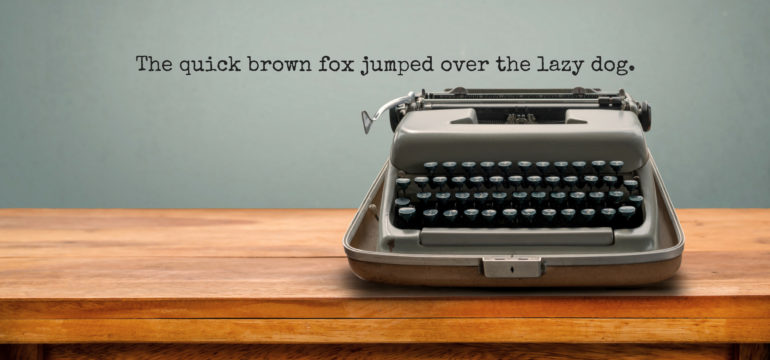You’ve put a lot of time and energy into the look and feel of your website and blog. You’ve selected the perfect images to convey the tone and spirit of your business. You’ve combed over every page and link for functionality and ease of navigation. So, how about your content? Whether you’ve hired out or written the copy yourself, whether the copy is fresh or seasoned, take a second look. Content and language choice are a critical component of your website and blog success.
The Basics
When reviewing your content, first check grammar and punctuation. Read the copy out loud to catch any repetition, awkward phrases, or mistakes. Sentence length should vary, but be aware of sentences that are too long. The majority of sentences should be twenty words or fewer. Keep paragraphs from becoming too long as well – white space adds value to the user experience by allowing the reader to pause and take a breath. This makes for easier reading and understanding.
For clear, strong writing, aim for active voice over passive. An easy way to tell the difference? Compare these two sentences:
The quick brown fox jumped over the lazy dog.
The lazy dog was jumped over by the quick brown fox.
In the first sentence, the fox is acting (active voice); in the second, the main object (the lazy dog) of the sentence is being acted upon (passive voice).
Another way to strengthen your content is to limit your use of -ing. For example, instead of saying, “I was writing,” tighten up the sentence with “I wrote.”
Style
Concise or verbose, flowery or plain, your regular writing or speaking style won’t always work well on your website or blog. Here are a few things to keep in mind:
- Adverbs – According to Stephen King, “The adverb is not your friend.” Adverbs describe actions, adjectives, and even other adverbs. Most adverbs end in -ly, and, typically, they’re not necessary. (See what I did there?) Compare these two sentences:
The quick brown fox jumped over the lazy dog.
The quick brown fox jumped excitedly over the lazy dog.
The word “excitedly” clutters up the sentence. The image of the act of jumping isn’t as smooth as the image in the sentence without the adverb. And it’s okay to leave some of the work up to the reader. We know that the fox is quick (as opposed to the lazy dog), and the action is jumping, so we can infer excitement.
- Idioms, Metaphors, and Puns – Idioms and metaphors can happen in the blink of an eye, so keep your eyes peeled for this. Limit the use of idioms, don’t mix metaphors, and avoid cheesy puns (unless it’s part of your personality or voice; see below).
- Personality – It’s more than okay to inject some personality into your content, in particular through your blog or social media posts. If you’re funny, be funny. If you’re weird, be weird. Take that weird humor and tie it in to your brand. Notice the title of this post: The Write Stuff. It’s a play on words, yes, but it also calls to mind a couple of different pop culture references. Depending on YOUR personality, you’re either thinking about the crew of the Mercury 7 or you’ll be singing New Kids on the Block for the rest of the day. (You’re welcome.) Or maybe neither of these.
One Final Word
Plagiarism. Avoid lifting copy from an existing blog, website, or social media post (or, in other words, keep your eyes on your own paper). Use your own unique wording to share your ideas.
Like any other skill, writing content takes practice. If copywriting isn’t your thing, contact Prime Advertising & Design. Web content, brochures, taglines, blog and social media posts, and more – we’ve got it (the write stuff).




